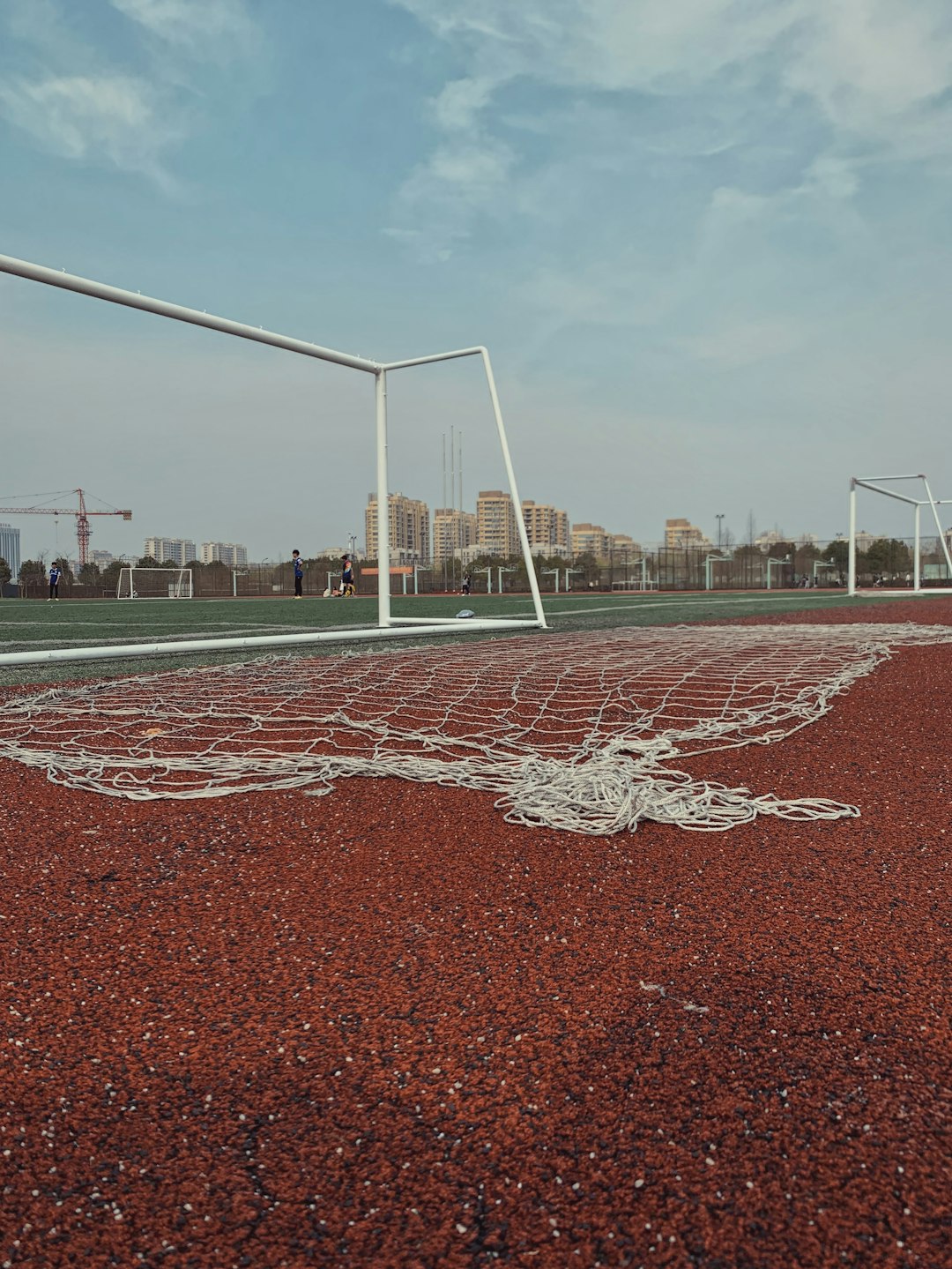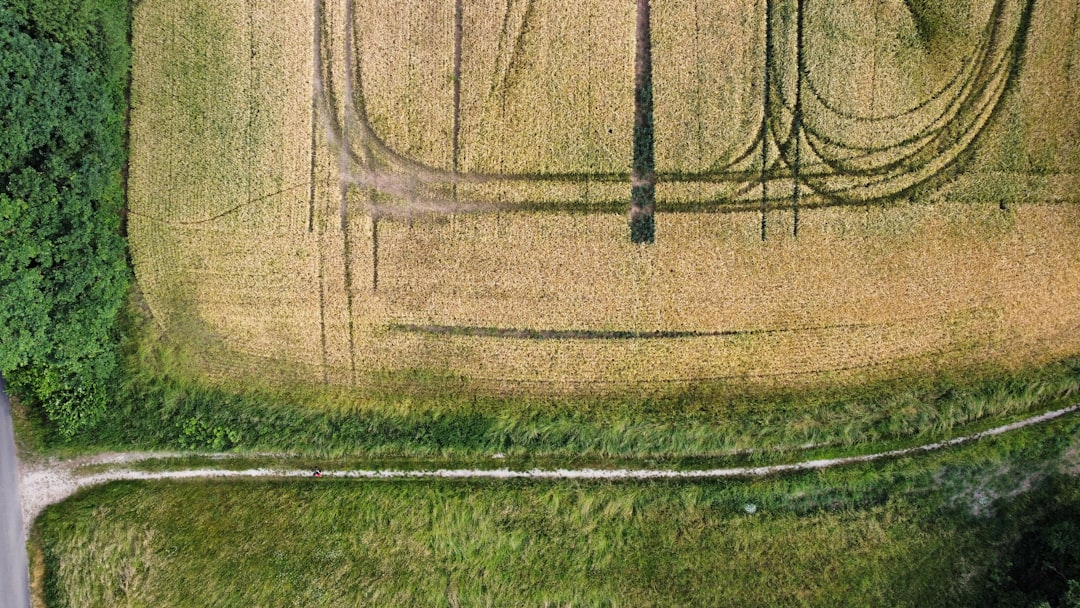Marking football field lines is a critical process in preparing a field for play. This task is known as field lining or field marking. It ensures that the field meets required regulations and provides clear boundaries, goal areas, and other essential markings for the game. Whether for professional leagues, school competitions, or recreational matches, accurately painted lines are essential for fair and organized play.
The Importance of Painting Football Field Lines
Football field lines act as guides for players, referees, and spectators. They define the playing area, indicate key zones such as penalty areas and goal lines, and ensure compliance with game rules. Properly painted lines also enhance visibility, especially for televised matches, and help maintain the professionalism of the game.

The Process of Field Lining
Field marking involves precise measurements and application of paint to create regulation-sized lines. This process typically follows these key steps:
- Measuring and Layout: The field’s dimensions are measured using measuring tapes or laser devices. Strings or chalk lines may be used to outline the areas before painting.
- Using Field Marking Machines: Specialized line marking machines apply a consistent layer of field paint along the designated paths.
- Choice of Paint: Water-based or acrylic paints are commonly used since they are safe for the grass and environment.
- Touch-ups and Maintenance: Over time, weather and gameplay can cause lines to fade, requiring periodic repainting.

Types of Football Field Marking Machines
There are different types of marking machines used for painting football fields:
- Manual Markers: These machines require operators to push them across the field. They are common at smaller venues and schools.
- Automatic and GPS-Controlled Machines: These are advanced field marking machines that allow for precision marking using digital technology. They are often used in professional stadiums.
- Aerosol Spray Markers: These handheld sprayers are used for quick touch-ups and temporary lines.
Common Challenges in Field Marking
Despite the relatively straightforward process, field marking has its challenges:
- Weather Conditions: Rain or strong wind can wash away or distort freshly applied lines.
- Grass Growth: As grass grows, previously painted lines may become less visible, leading to frequent re-marking.
- Maintaining Accuracy: Ensuring straight and evenly applied lines requires experience and the right equipment.
Frequently Asked Questions
What paint is used for marking football fields?
Most football fields are marked with water-based or acrylic paint, which is environmentally friendly and safe for grass surfaces.
How often are football field lines repainted?
It depends on usage and weather conditions, but professional fields often require touch-ups every few days, while amateur fields may need repainting weekly.
Can football field lines be painted on artificial turf?
Yes, artificial turf fields use specialized turf paint or permanent inlaid markings instead of traditional field paint.
Are there machines that paint lines automatically?
Yes, GPS-controlled and robotic machines can accurately paint field lines with minimal human intervention.
Is field marking different for soccer and American football?
Yes, each sport has its own specific field dimensions and marking requirements, though the general process of field painting is similar.
